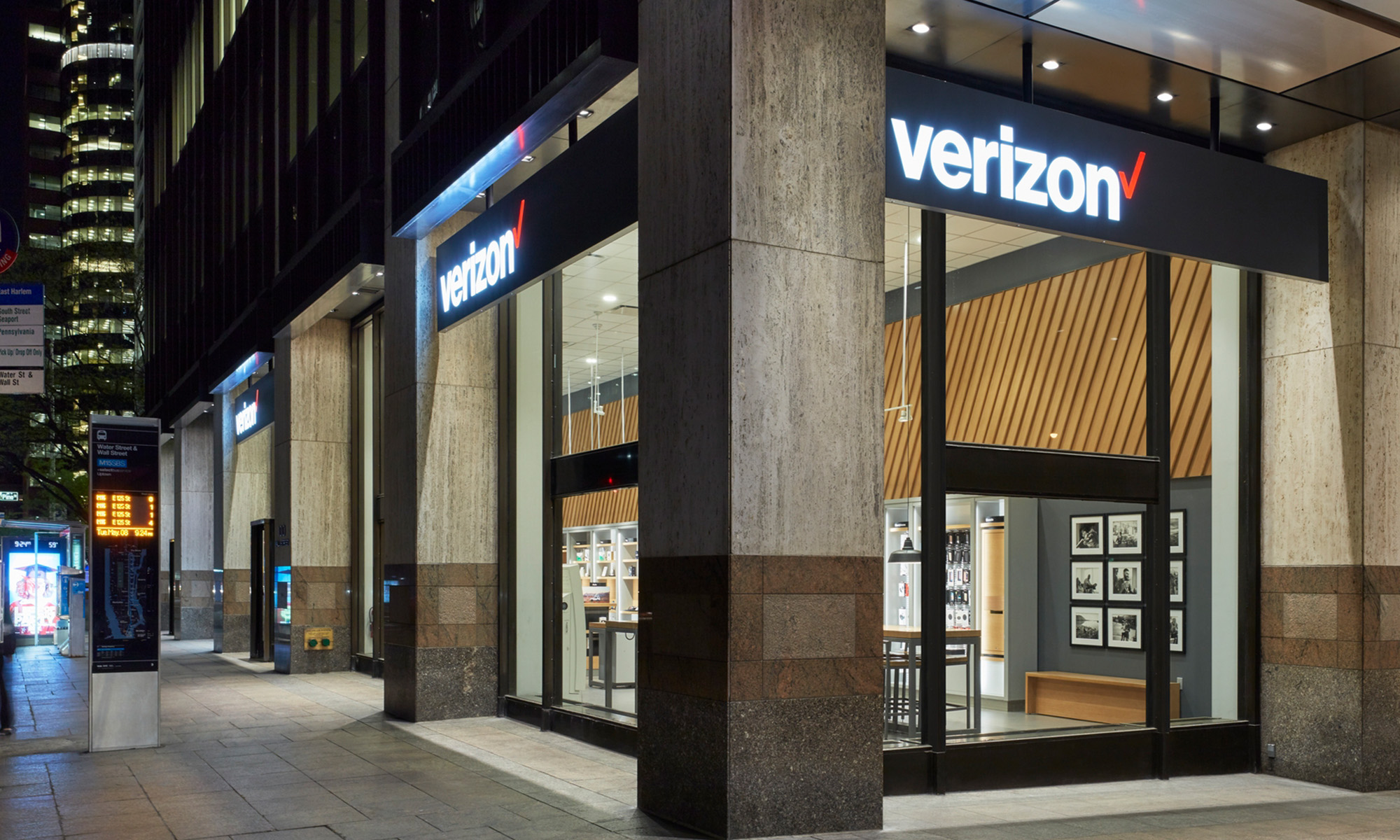
Verizon's new video service will target young people on smartphones. Source: Flickr/Pabak Sarkar.
If you want to watch a video on your smartphone, there are plenty of options, from YouTube to Hulu to Instagram. You're about to get one more with the impending release of Verizon's (VZ 1.14%) Go90 streaming service. The Wall Street Journal reports that Verizon is ready for a widespread launch of the free, ad-supported service this month, and that it's aimed at teens and millennials.
Verizon's plan is to develop Go90 into a mobile-first live TV streaming service complete with sports, but it will be limited in its initial launch. In the meantime, it will feature clips from AwesomenessTV, Vice, and other production outfits known for their online videos. But why is Verizon looking to differentiate with a streaming service?
Reaching a younger audience
Teens and millennials watch more video on mobile devices than they do on TV, and Verizon has made it clear that its target with Go90 is young people.
The programming from Vice and AwesomenessTV is aimed at a younger audience. Deals in place with ESPN and CBS Sports indicate that college football games could be added to the service soon. Scripps Networks agreed to stream more than 45 different series to Go90 users.
What's more, Verizon designed Go90 to make it easy to share video clips on social media. Teens are some of the most active members of social media, particularly on Instagram and Twitter, and Verizon is hoping to leverage their penchant for sharing to promote the Go90 service.
Shared clips not only promote the Go90 service, but Verizon's brand as well. The sharing mechanism could provide additional revenue for Verizon in the form of more viewers watching advertisements as well as more wireless and home service subscribers.
Showcasing its acquisitions
Verizon recently acquired a company with a deep portfolio of short-form videos as well as some robust programmatic advertising technology. Earlier this month, it picked up Millennial Media, which runs a mobile ad network. And in 2013 the company acquired CDN provider Edgecast. All of these acquisitions will be represented in Go90.
If Verizon can use its existing customer base to expand the reach of all of its acquisitions, it'll effectively show investors that it can produce synergy with these companies it acquired. Go90 may even in turn provide more data for Millennial Media to target advertisements with.
After spending around $5 billion on these acquisitions, it's important for Verizon to show that it can do more with them than they could do alone.
But will it even work?
As mentioned, there are already a bunch of ways to stream video to a smartphone. Google's (GOOG 0.85%) (GOOGL 0.83%) YouTube is by far one of the most popular. Google told investors that the average mobile session is now up to 40 minutes, and total watch time has accelerated in the past year.
With Google's control over Android, YouTube is pre-installed on every Android device, so even if Verizon pre-installed its Go90 app on the Android phones it sells, it wouldn't hold a distinct advantage. Verizon will have its work cut out for it to attract an audience, especially the youthful one it's aiming for.
It's worth asking whether Verizon's abandoning a paid Go90 service, which may be more attractive to young adults interested in premium live streamed content at a lower price than cable. But even there it has competition from Sling TV, which offers about two dozen networks live streamed to any Internet-connected device. The service attracted 169,000 subscribers in its first two months of release. Additionally, Sling has much more robust content deals than Verizon, including deals to stream ESPN and AMC among other popular networks.
Verizon is entering a very crowded market without a significant differentiator. While it might have all the pieces in place to make a significant profit on its viewers, people have to want to watch what's on for it to have a meaningful impact on Verizon's business.






